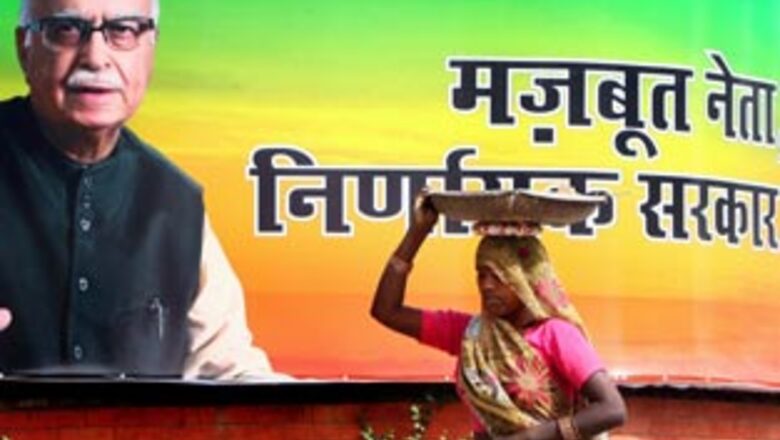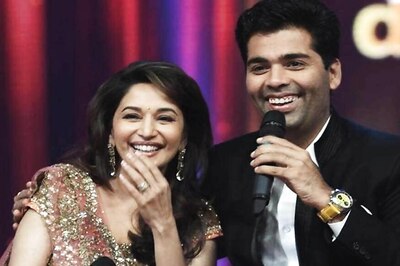
views
New Delhi: The Bharatiya Janata Party manifesto, released on Friday, is a curious mix of promises reflecting its dilemma - clinging on to its Hindutva agenda partially while trying to woo the middle-class and young voters - to take on the Congress in the Lok Sabha elections.
The BJP has stuck to its agenda by incorporating all three core issues - construction of a grand Ram temple in Ayodhya, implementation of the uniform civil Code and abolition of the constitution's Article 370 granting special status to Jammu and Kashmir. This would help the party retain its committed voters who support it for pursuing a 'hardline Hindutva' agenda.
However, the party has downplayed these issues and talked much more about various promises to the middle-class voters. For example, it has promised exemption from income tax in general for people with an annual income up to Rs 3,00,000 and Rs 3,50,000 for women and senior citizens.
The party has accepted candidly in its manifesto that this will benefit over 3.5 crore people. It was this middle-class that had fuelled the growth of the BJP since the early 1990s in north India but deserted it in the 2004 polls, with a section going to vote for the Congress.
The party is trying to win this section back from its rivals' fold. The BJP strategists have realised that the apathy of the middle class towrads the party was leading to a decline in the party's fortunes in urban and semi-urban centres across several states in north India. The party has been finding it difficult to consolidate its position in parts of western India and has been forced to wait in the wings in most of south India.
While the Congress under Prime Minister Manmohan Singh and party president Sonia Gandhi's leadership has transformed its image from a decaying corrupt party to a liberal outfit with a modern outlook, the BJP's rhetoric and public image of its firebrand leaders like Gujarat Chief Minister Narendra Modi has led to the party being projected as a conservative outfit which is still living in the days of the past glory and has lost touch with the ground reality and hence aspirations of the Indian middle class especially.
The manifesto is an attempt to transform the party's image by talking about creation of jobs, a liberal "low-tax, low-interest regime, better and more opportunities for the young and common man (read middle class)".
The party has promised creation of 1.2 million IT-enabled jobs in rural areas, drastic reduction in computer prices to make it affordable to every section of society, providing all educational institutions with internet facilities within five years and broadband connectivity to every village - thus targeting not only the urban areas but also the emerging middle class in rural India.
Taking a cue from some other parties in the Indian political spectrum, the party has also promised 35 kg of rice or wheat to all below poverty line (BPL) families every month at Rs 2 per kg.
The party's attempt to transform its image from a Hindu rightwing party to a liberal centralist party is also evident from the fact that its 'Hindutva agenda' has been casually fitted in only two pages of the 40-page manifesto.
More interestingly, the issues of the Ram temple, Ram Setu and cow protection find mention at the end of this document, with a total of just five paragraphs devoted to them. The promise of implementing the uniform civil code finds a sketchy mention under "protection of women's rights". The demand for abolition of Article 370 is mentioned at the end of the section on Jammu and Kashmir.
Ironically, these are the issues on which the party has been able to build up its most successful mass movements so far. But probably it has realised too that they don't cut much ice with the Indian voters in the 21st century.


















Comments
0 comment